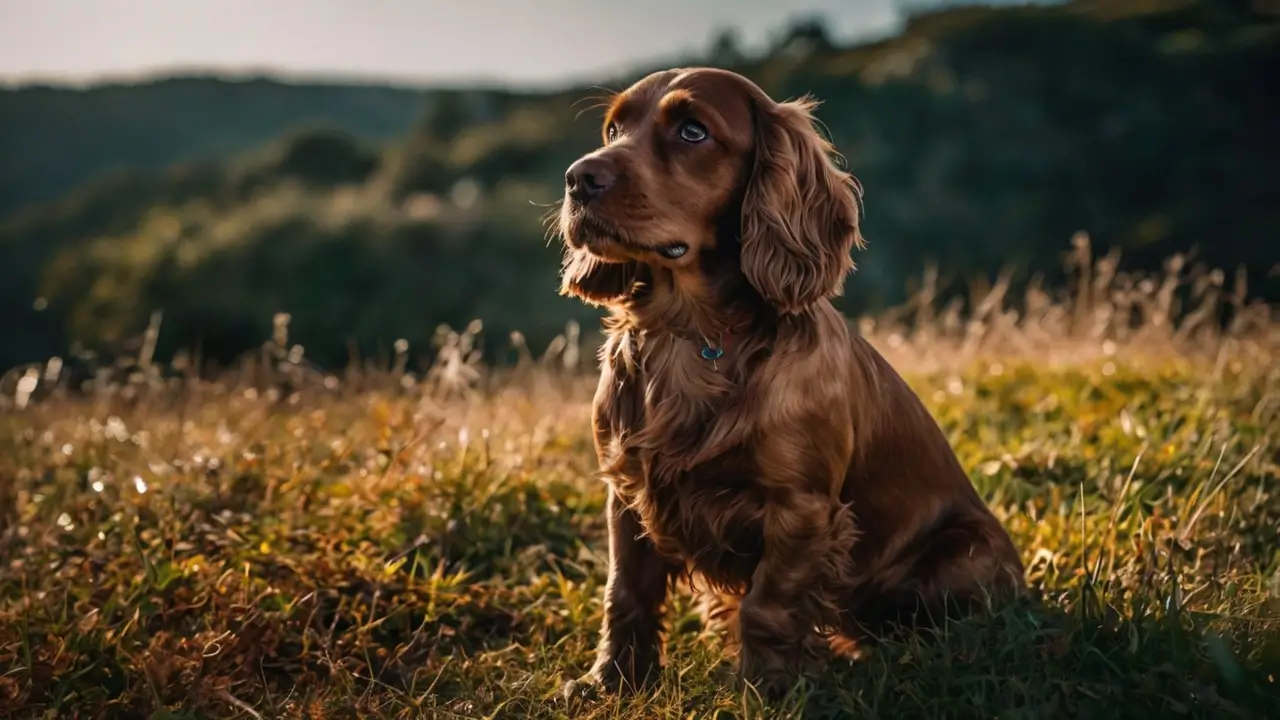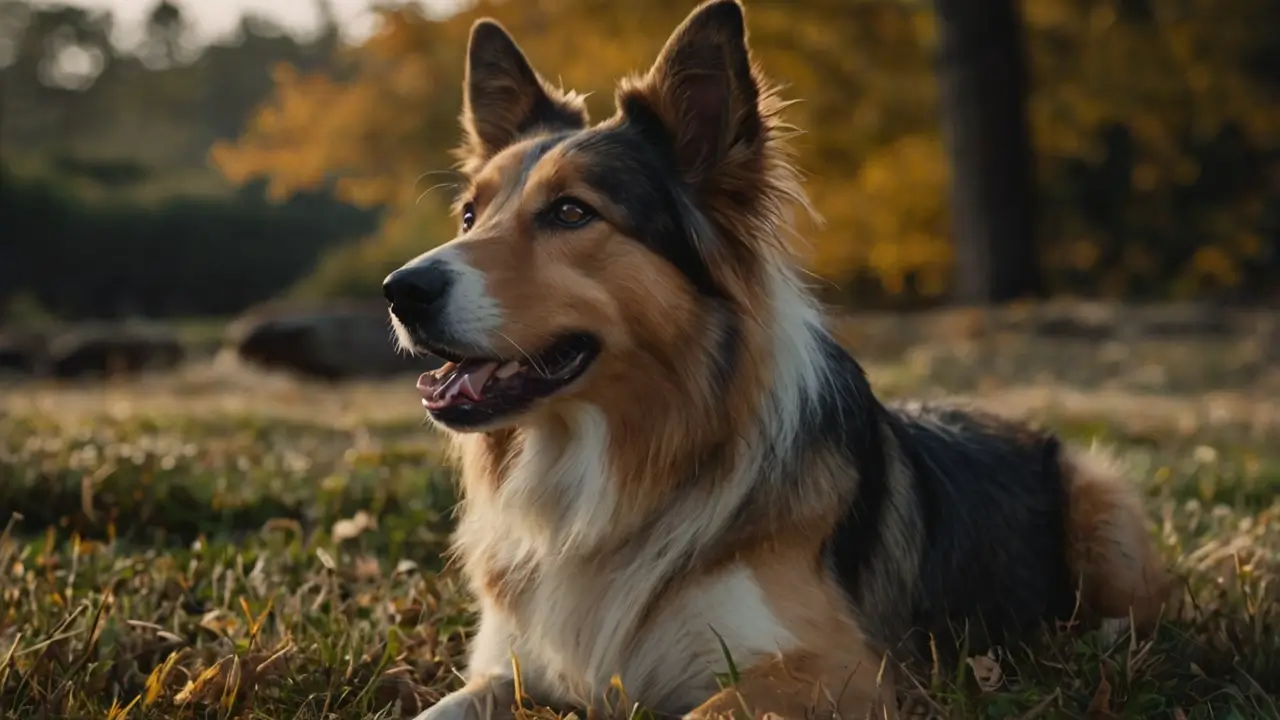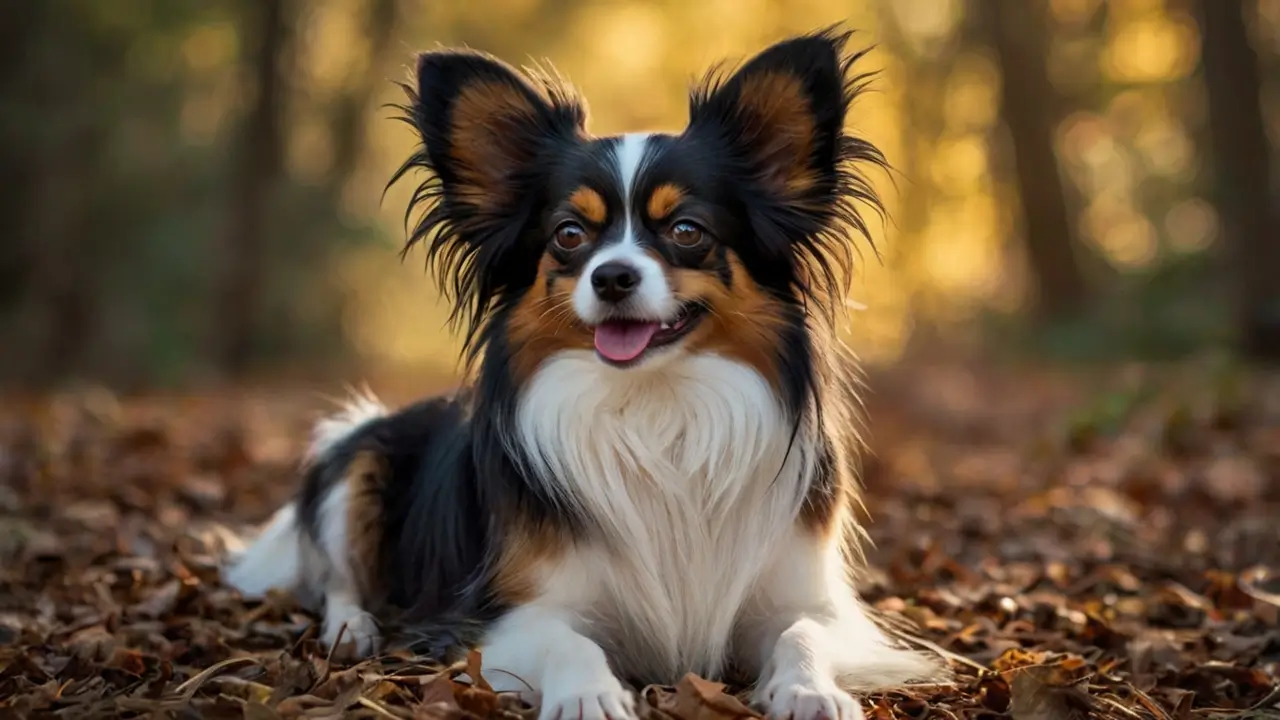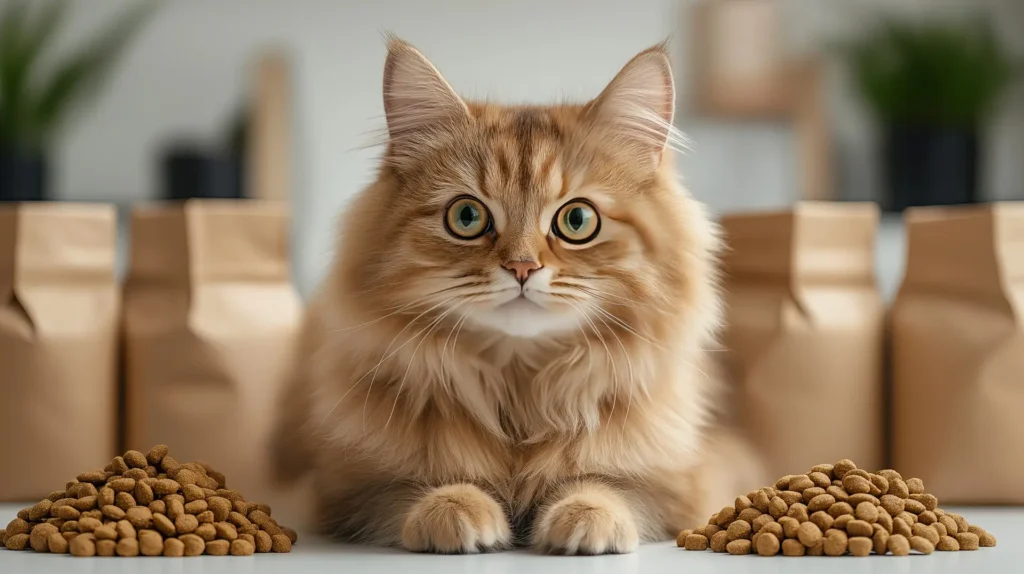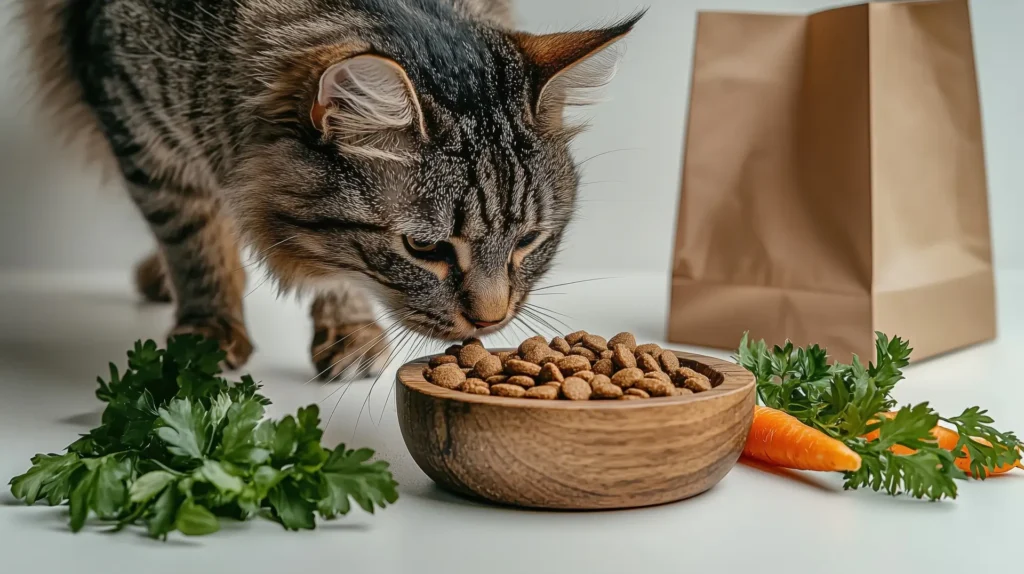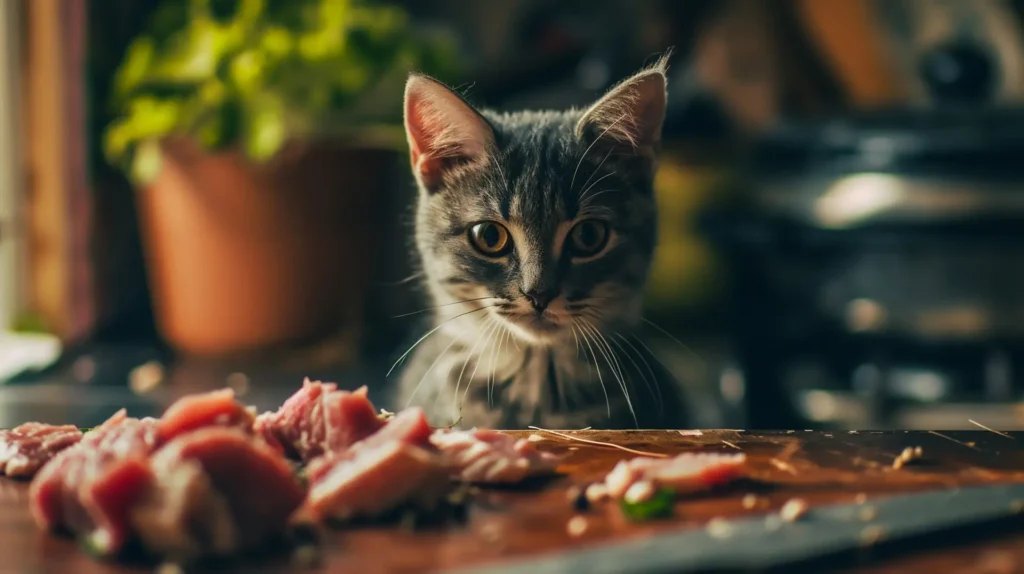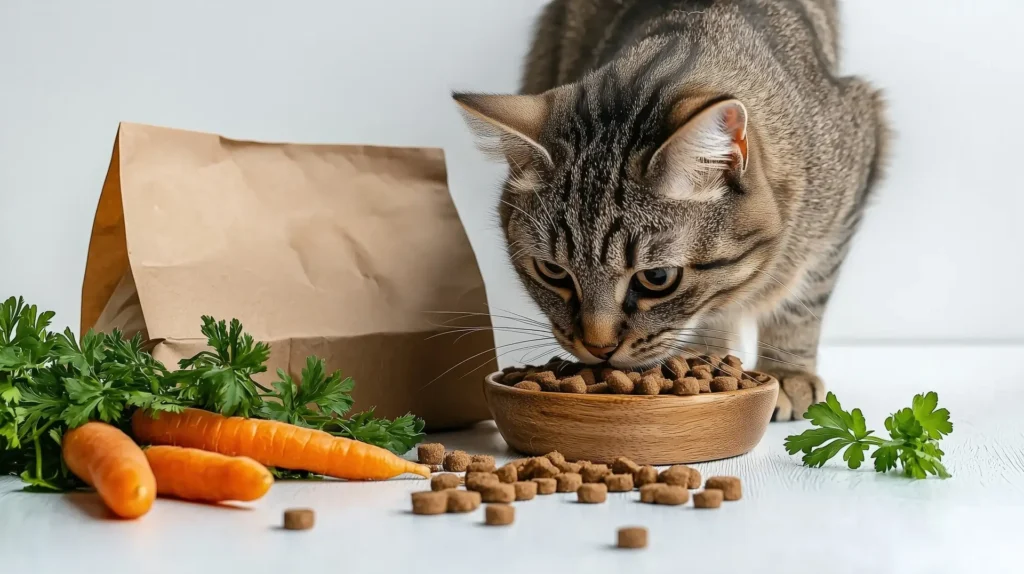Look at those amazing ears. They are more than just cute; they are a visual masterpiece. That incredible feature is the true hallmark of the Papillon Dog. This breed is much more than a lovely face and a silky coat. They are actually a canine prodigy in a small package. They combine the timeless elegance of European royalty with the determined heart of a high-performance athlete. Originating centuries ago in Europe, this toy dog has captivated owners for countless generations.
They are intensely intelligent, fiercely friendly, and incredibly energetic. For the right person or family, this small breed is truly the perfect companion. If you want a partner with both brains and beauty, the Papillon Dog is your definitive match. This complete guide details their unique personality, their genius-level intellect, their specific care needs, and their fascinating history. Learn more with Love Your Pets Daily and find Your Fit, Build Your Bond.
The History of the Papillon Dog
This dog carries a history as fascinating and rich as the texture of its coat. The Papillon Dog’s story proudly begins in the ancient courts of Europe. The breed quickly gained high favor as a cherished companion for the nobility in France, Spain, and Italy. These elegant dogs were often seen as the ultimate status symbol of the time.
- Painted by Royalty: The earliest known artistic depictions of these striking long ears appear prominently in 16th-century Renaissance paintings. Famous artists like Titian frequently featured them in high-society portraits of noblewomen.
- The Name Game: The breed was originally known as the Continental Toy Spaniel. They originally had dropped ears, famously known as the Phalène (which is French for “moth”). Through careful selective breeding, the erect, beautiful, and fringed ears grew quite popular. This striking change led directly to their current name, Papillon, which is French for “butterfly.”
- A Dog of the People: They firmly maintained their noble status, even through various turbulent historical times. It is even famously rumored that Marie Antoinette owned a Papillon Dog when she walked to the guillotine. Today, this highly adaptable, very social dog is a loving member of any home, without regard to social status.
Personality Profile
The Papillon Dog is a delightful paradox. They are physically dainty, yet wonderfully tough. They are tiny, but they have truly huge and endearing personalities.
Temperament and Traits
This highly desirable toy dog is widely renowned for being flexible, loving, and intensely alert.
- Loyalty is Everything: They develop deep, close relationships with their devoted owners. They naturally thrive in a warm, caring, and loving setting. They may faithfully follow you from room to room around the house. One happy owner lovingly calls them “the world’s most loyal roommate.”
- Friendly & Social: They are generally very friendly with other pets and are often wonderful with respectful children. Early socialization is crucial for ensuring they grow up well-adjusted and confident. Introduce them to many different people and places early on in their lives.
- Alert Watchdog: Despite their surprisingly small breed size, they are extremely alert. They will never hesitate to let you know immediately if a stranger is near your door. They can be a bit reserved with new people. This highly desirable trait makes them excellent, effective, and vocal watchdogs.
Energy and Drive
Please do not let their small breed status fool you into thinking they are lazy. This particular dog is practically a dedicated marathon runner in a tiny package. They are exceptionally energetic.
Think of them as a classic European sports car. They are small, beautiful, and incredibly high-performance.
They absolutely love to play. They constantly need both engaging physical and stimulating mental activity to prevent them from becoming bored. For a useful comparison of similar high-energy, very trainable dogs, you can read our informative guide on the tenacious Terrier Dog.
Why the Papillon is a Top 10 Mind
Your blog’s current title focuses intently on their intelligence for a very good reason. This Dog is nothing less than a certified genius.
This particular breed consistently ranks as one of the most intelligent dogs in the entire world. Dr. Stanley Coren’s authoritative research placed them highly at #8 out of 138 breeds. That is truly an elite performance for any dog. They often understand new commands in as few as five repetitions. They respond correctly to commands over 95% of the time.
If you are interested in reading an article about :”Catahoula Leopard Dog: A Devoted And Loyal Breed“
Training: Be Firm, Be Fun
Training this dog is not just optional; it is a mandatory form of mental exercise for them. Their inherently high intellect and long history as an independent toy dog mean they can sometimes be stubborn.
- The Tiny Tyrant: Never let their small breed status excuse any kind of bad behavior. If you allow a puppy to think he is a king, you will quickly end up with a tiny tyrant. Use positive reinforcement methods always.
- Consistency Wins: You must keep all your training sessions short, highly focused, and very fun. Use high-value treats and enthusiastic praise during training. This clear, consistent practice turns their natural independence into perfect obedience.
- Brain Work: They excel naturally at advanced trick training. They absolutely dominate competitive dog sports like agility and rally obedience.
Making Your Apartment a Dog Park
This dog requires a consistent, routine exercise of 60 to 90 active minutes daily. If you happen to live in an apartment, you must meet this crucial energy need indoors.
Action: Use these simple, engaging games to burn off both their physical and intense mental energy effectively.
- The Shell Game: Hide a small, tasty treat under one of three cups. Let them happily use that big brain to solve the fun puzzle.
- Indoor Fetch: Use soft, lightweight balls when playing indoors. Their highly energetic nature and quick reflexes make this a high-speed, great indoor workout.
- Hide-and-Seek: Have a family member securely hold the dog. Then, you hide and call their name. This activity builds their focus and burns energy fast.
The Butterfly Wings and Plume Tail
“Do Papillons shed?” is a very common question from potential owners. Yes, they do, but the shedding is actually quite manageable.
They have a single, long coat that is fine and silky. This truly beautiful coat sheds moderately throughout the entire year. It requires consistent, mindful care.
Grooming Essentials
Grooming is simple, but specific to maintaining their unique, iconic look.
- The Wings: Their beautiful, fringed, long ears, what we call the “butterfly wings,” are prone to matting. Action: You must brush the ear fringes every other day.
- The Plume: They have a distinctive flyer tail that is proudly covered in a beautiful, flowing plume. They also have “pantaloons” (breeches) on their hind legs. Action: Brush these areas carefully weekly to keep them tangle-free.
- Bathing: They generally do not need regular bathing. Bathe them only when their long coat appears soiled or they begin to smell. Use only a mild, dog-specific shampoo.
- Nails and Teeth: Like all small breed dogs, strict dental care is mandatory for health. Brush their teeth daily. Trim their nails regularly to preserve their health. For great advice on routine pet care, check out Love Your Pets Daily.
Health and Wellness: Long Life, Smart Choices
The Papillon Dog is a generally very sturdy breed with an impressive typical life span of 12 to 16 years. As they are a small breed, they do have specific health concerns that informed owners absolutely must address. This is the core of responsible ownership (EEAT).
Demand Documentation: Health Issues
You must always act as a protective and informed advocate for your Papillon-Dog.
- Patellar Luxation: Patellar Luxation is a very common knee issue where the kneecap temporarily shifts out of place. Action: Demand to clearly see the official OFA (Orthopedic Foundation for Animals) certification for both parents before purchasing Papillon puppies.
- PRA (Progressive Retinal Atrophy): This is a degenerative eye disease that can sadly lead to blindness. Action: Ask to see documentation of recent CERF (Canine Eye Registration Foundation) or equivalent eye screenings.
- Dental Issues: Small breed dogs are highly susceptible to severe dental problems and early tooth loss. Action: Daily toothbrushing is absolutely mandatory to prevent early tooth loss.
For information on nutrition that specifically supports joint health, check out Papillon Dog Food.
Acquiring Your Papillon Dog
The final price of a Papillon Dog can vary quite widely. Many factors affect the cost, including the breeder’s reputation, location, and the dog’s particular bloodline.
- Price Range: A Papillon dog will often cost you between $500 and $2,000. Puppies from very well-known breeders or those of high show quality are typically at the top end of this stated spectrum.
- Why Pay More? Reputable breeders charge more because they carefully conduct the necessary, required health tests (OFA/CERF). This essential step is a protective, long-term investment in your future dog’s long, healthy life.
Papillon Mix Dog Breeds
The Papillon’s intelligent and friendly nature makes them a highly popular cross. These mixes often reliably retain the parent’s elegance and charm.
- Aussie Papillon Mix: This is a highly energetic and intelligent cross between two working-line dogs (Australian Shepherd and Papillon). This exciting mix will naturally demand intense physical and mental work. (For comparison, read about the Australian Cattle Dog.)
- Chihuahua Papillon Mix: This cross results in a smaller, often bolder mix.
- Poodle Papillon Mix (Papipoo): This is a highly trainable cross, often with a curly coat and great focus.
Conclusion
The Papillon Dog is a captivating and truly memorable breed. They are the ideal, loving companion for anyone diligently searching for a tiny dog with a surprisingly huge personality. Their certified genius-level intellect makes them wonderfully trainable. Their beautiful, long coat and striking, long ears make them visually unforgettable. They are energetic, deeply loyal, and bring a unique, special joy to any home. This wonderful dog will indeed make your life happier and significantly more loving. Find Your Fit, Build Your Bond.
FAQs
How to stop a Papillon dog from barking and nipping?
Barking and nipping frequently result from either boredom or the dog being allowed to dominate the household. Since they are highly intelligent, use consistent, positive training to effectively address this behavior. Teach a “Quiet” command immediately. Give them puzzle toys or short, highly energetic training sessions to redirect excess energy and focus their sharp minds.
Do Papillons have health problems?
While Papillons are a generally healthy small breed with a long life span of 12 to 16 years, they are reliably prone to specific genetic issues. The most common concerns are Patellar Luxation and serious dental disease. Responsible breeders carefully screen for these issues, and regular veterinary checkups are absolutely essential for ensuring a long, happy life.
Should I get a Pomeranian or a Papillon?
Both are popular toy dog breeds, but they differ noticeably in energy levels and required grooming. The Dog is generally more energetic and athletic, thriving on advanced, fun training like agility. The Pomeranian is often calmer but typically requires more intensive double-coat grooming. If you specifically want a top-tier trainable athlete, choose the Papillon Dog.
Why do Papillons shed so much?
They also have a single long coat with no heavy undercoat. They consistently shed moderately throughout the year, not heavily. Shedding may seem heavy only due to the fact that the coat is extremely long and light. Brushing regularly (a couple of times a week) readily manages the shedding and prevents matting, particularly on the long ears and flyer tail.
What animal is known in French as papillon?
The word “papillon” is the French word for butterfly. The Papillon Dog gets its name from its signature large, erect, fringed long ears that visually resemble the fully spread wings of a butterfly. This makes them one of the most uniquely named toy dog breeds in the world.

